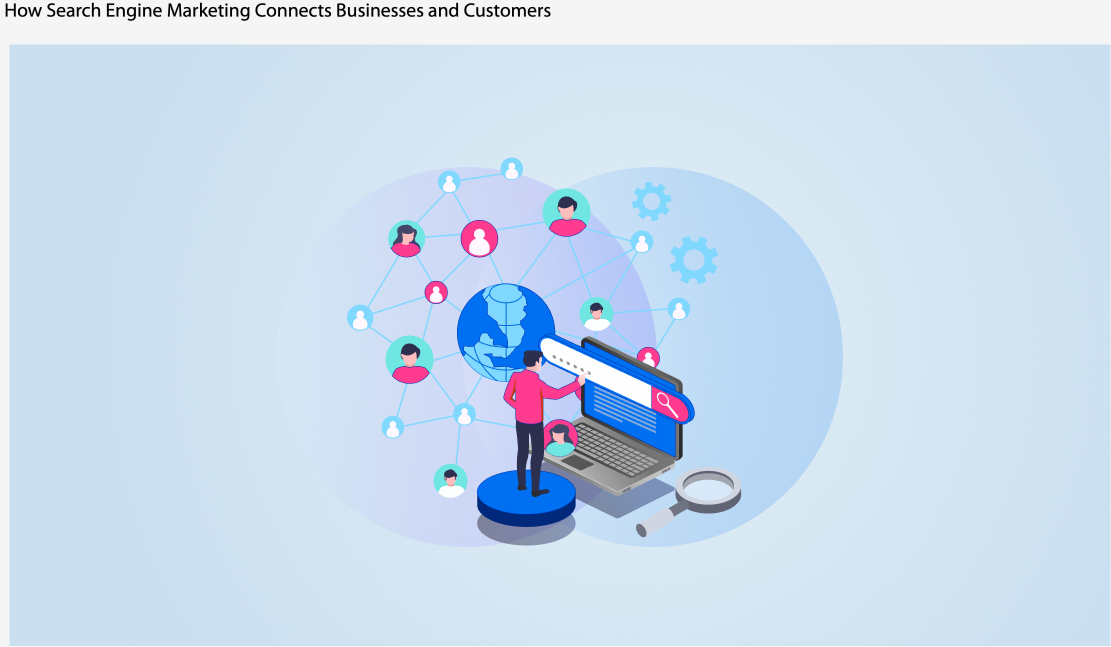
The Dos and Don'ts of Guest Blogging as Part of Your Content Marketing Strategy
Content continues to be king in the constantly changing world of digital marketing. Speaking from the right place is just as important as what you say. You may use guest blogging, a method where you provide material to websites or blogs in your business, as a potent weapon in your content marketing Strategy. But there are proper and improper approaches, just like with any plan. The dos and don'ts of guest blogging will be covered in this post to help you make sure your efforts benefit your company to the fullest.
The Dos of Guest Blogging:
1. Research and Choose Reputable Websites:
Spend some time investigating and locating respectable websites in your diligence before you really start casting your guest post. Look for websites that have a large audience, active following, and a reputation for posting top-notch material. Publishing on comparable platforms not only increases the legitimacy of your brand but also exposes your material to a larger and more relevant audience.
2. Understand the Audience:
Each website has its own unique followership with specific interests and preferences. conform your guest post to match the prospects of the target followership. This demonstrates that you've done your schoolwork and are authentically interested in furnishing value to their compendiums . Aligning your content with their interests enhances your chances of being accepted and reverberating with the followership.
3. Provide Value Through Quality Content:
Guest blogging isn't just an occasion to promote your brand; it's a chance to showcase your moxie and give real value to compendiums . Craft well- delved , instructional, and perceptive content that addresses a specific pain point, offers results, or provides new perspectives. Quality content not only captures the compendiums ' attention but also establishes you as an authority in your field.
4. Follow Editorial Guidelines:
Editorial standards and formatting preferences vary from website to website. Follow these instructions exactly. It displays your professionalism and facilitates the editors' work. Whether it's word count, formatting, or the use of images, adhering to the rules demonstrates your respect for the platform's requirements.
5. Build Relationships:
Guest blogging is not just a one- off exertion; it's an occasion to make connections within your assiduity. Engage with the editors and compendiums by responding to commentary on your guest posts. Engaging in conversations can expand your network and potentially lead to further openings for collaboration in the future.
The Don'ts of Guest Blogging:
1. Don't Over-Promote Your Brand:
While it's natural to want to mention your brand or products, guest blogging isn't the place for blatant tone- creation. Focus on furnishing value rather than pushing your immolations. An exorbitantly promotional tone can turn compendiums off and may indeed lead to your post being rejected.
2. Avoid Duplicate Content:
Some marketers fall into the trap of using the same guest post on multiple websites to maximize exposure. still, this can harm your SEO efforts. Search machines value unique content, and duplicating it across different platforms can result in penalties. Always produce original content for each guest post.
3. Don't Neglect Proofreading:
A guest post riddled with grammatical crimes, typos, and poor formatting reflects inadequately on both you and the host website. Take the time to proofread your content before submitting it. However, get an alternate pair of eyes to review it for any miscalculations you might have missed, If possible.
4. Avoid Off-Topic Content:
It's important to stay relevant to the website's niche when guest blogging. Do not veer off into unconnected themes just to get your content published. Inapplicable content can confuse compendiums and harm the credibility of both you and the host website.
5. Don't Be Impersonal:
Guest blogging is an occasion to connect with a new audience, so make sure your writing has a particular touch. fit your unique voice and perspective into the content. A robotic, impersonal tone can make your post less engaging and relatable.
In conclusion, navigating the realm of guest blogging demands a strategic approach that Xamtac's dos and don'ts expertly provide. Embracing the dos, such as tailoring your content to the host's audience, delivering valuable insights, and nurturing relationships, can pave the way for heightened brand exposure and thought leadership. By heeding the don'ts, including avoiding duplicate content, overlooking proper attribution, and neglecting authentic engagement, you safeguard your reputation and safeguard against potential setbacks.
How Search Engine Marketing Connects Businesses and Customers
Mastering Online Brand Monitoring to Shape Your Digital Reality
Logo Design vs. Branding: What’s the Difference?
The Impact of Social Media on Online Brand Monitoring

How Search Engine Marketing Connects Businesses and Customers
Businesses continuously strive to engage with their target followership successfully in the ultramodern digital period, when the internet plays a pivotal role

Mastering Online Brand Monitoring to Shape Your Digital Reality
Learn how to leverage online brand monitoring techniques effectively to shape and control your digital presence

Logo Design vs. Branding: What’s the Difference?
Logo design focuses on creating a visual representation of a company or product, while branding encompasses the overall strategy and messaging that shape the perception and identity of a brand.

The Impact of Social Media on Online Brand Monitoring
The use of social media to communicate with and monitor brand reputation online has been revolutionary for businesses.